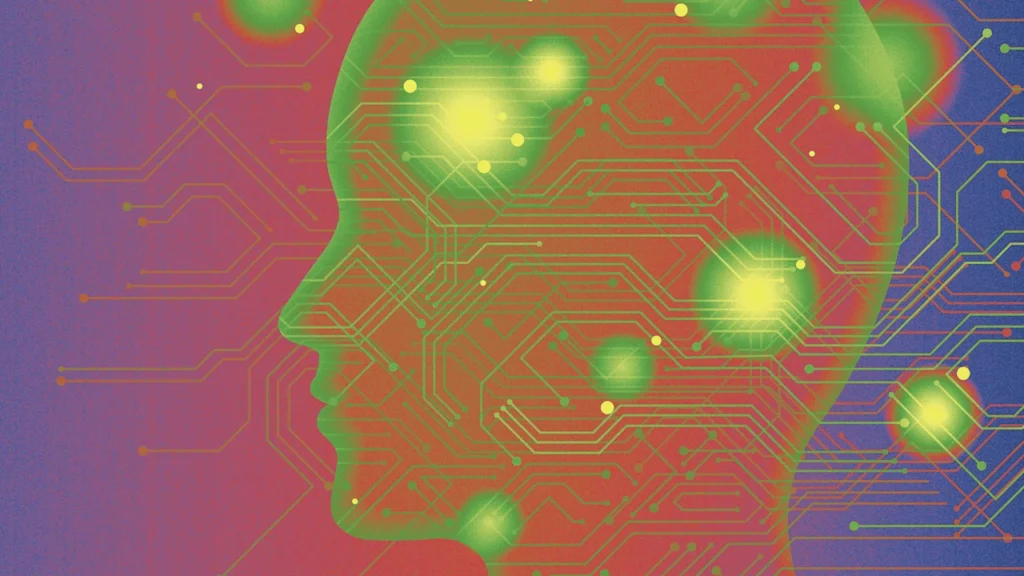
When the camera was invented in 1826, many people thought painting would die. But it didn’t. Instead, painters found new ways to express themselves. Painters reinvented expressionism, impressionism, and abstract art. Monet, Munch, and later Picasso, all thrived after the camera arrived.
When personal computers became common in the 1980s, there was fear that creative thinking would become less valuable. But computers opened the door to digital design, animation, and new forms of storytelling. Studios like Pixar, founded in 1986, showed how technology could help artists create worlds that were impossible before.
When Photoshop launched in 1988, photographers worried that editing tools would destroy the purity of photography. But Photoshop expanded what photographers and designers could do. It made visual creativity more accessible and helped build the modern creator economy.
So why does AI, today, make so many creators feel threatened?
History tells us one clear truth: New technology has never replaced creativity; it has always expanded it. Every time new technology arrives, progress follows.
The AI Genie Can’t Be Rebottled
Artificial intelligence is simply the next chapter. It can help creators work faster, explore more ideas, and bring their imagination to life with fewer barriers.
Human imagination can’t be replicated by a machine. The spark that evokes tears in a story’s readers or a swoon from a melody’s listeners is innately human—that intangible side of creativity: talent, taste, lived experience, a unique point of view, and the urge to express it. But turning those intangibles into something others can see, hear, or feel also requires tangibles: time, tools, access, and resources.
Too often, that’s where great creators get stuck. Not everyone can dream up and create a world worth caring about. But even those who can often lack the means to bring it to life in a way that others can enjoy as well. That’s where AI can help. It can’t create soul, but it can remove barriers to entry by lowering the cost, time, skills, and resources needed to truly bring creative expression to life.
In this sense, AI can be a force multiplier for creativity. Just as the smartphone made photography universal, AI can democratize storytelling itself.
Collaboration, Not Replacement
In my work building an audio storytelling platform, I’ve seen how AI can help creators, not replace them. Our platform lets anyone write and publish serialized audio stories. To help them, we’ve built AI tools that act like creative partners. They don’t write for the authors—they assist them. They help a writer stay consistent across hundreds of episodes, suggest plotlines when inspiration stalls, and offer real-time feedback on pacing and dialogue. Other tools turn text into natural-sounding audio, add background sound, or generate artwork—capabilities once available only to professional studios.
These tools don’t take jobs from artists; they open doors for them. Many of our creators couldn’t afford to hire professional narrators, sound designers, or illustrators. Without AI, their stories would never be heard. With it, they reach millions of listeners.
That’s not replacing creators. It’s expanding who gets to be one.
Keeping Humans at the Center
Great art doesn’t come from pattern recognition or probability. It comes from emotion, contradiction, curiosity—the things that make us human. AI can help a writer structure a story, but it can’t feel heartbreak or hope. That’s why we must build creator systems that keep those human creators squarely at the center: ensuring transparency, maintaining creative ownership, and deeply valuing the originators of ideas.
A New Chapter for Creativity
We’re at a pivotal moment in a long story. The history of art and technology has always followed the same arc: disruption, fear, adaptation and, ultimately, expansion.
Steve Jobs once described the home computer (a technology that stirred up a frenzy of fear when it came to market) as a “bicycle for the mind.” He envisioned a tool that didn’t replace our thinking but accelerated it, amplifying human imagination in the same way a bicycle amplifies human movement. This next chapter of creative innovation is ours to write. We can let AI reduce creativity to algorithms, or we can shape it into a bicycle for the creative mind, something that helps human talent travel farther and faster.
The future of storytelling shouldn’t be about machines replacing humans. It should be about more humans telling more stories, reaching more people, and inspiring more imagination (and tears and swoons) than ever before.

